Barcelona: Sixth in the ranking

Barcelona is a long way behind Madrid in its usual rivalry of top Spanish cities, but it is to its credit that the Catalan city comes sixth in the survey results. That says a lot about how easy it is to develop an affinity for the city by living there for even a short period of time.
The categories in which Barcelona stands out most as an ideal city to live in include leisure, climate, sustainability and cost of living. These are very good traits for a city that is also very open and welcoming to all newcomers.
Barcelona has always been a fashionable city and its value has been reinforced in recent years thanks to the reception of more and more resident citizens from abroad. As Spain’s second most populous city, it is a cosmopolitan environment enriched by a rich history and by influences of different styles brought in by all its citizens.
Barcelona, as it is also known, is also the capital of Catalonia and a place of great interest to the international community. More than 20% of Barcelona’s residents are foreign nationals who are increasingly involved in the social life and activities of the city.
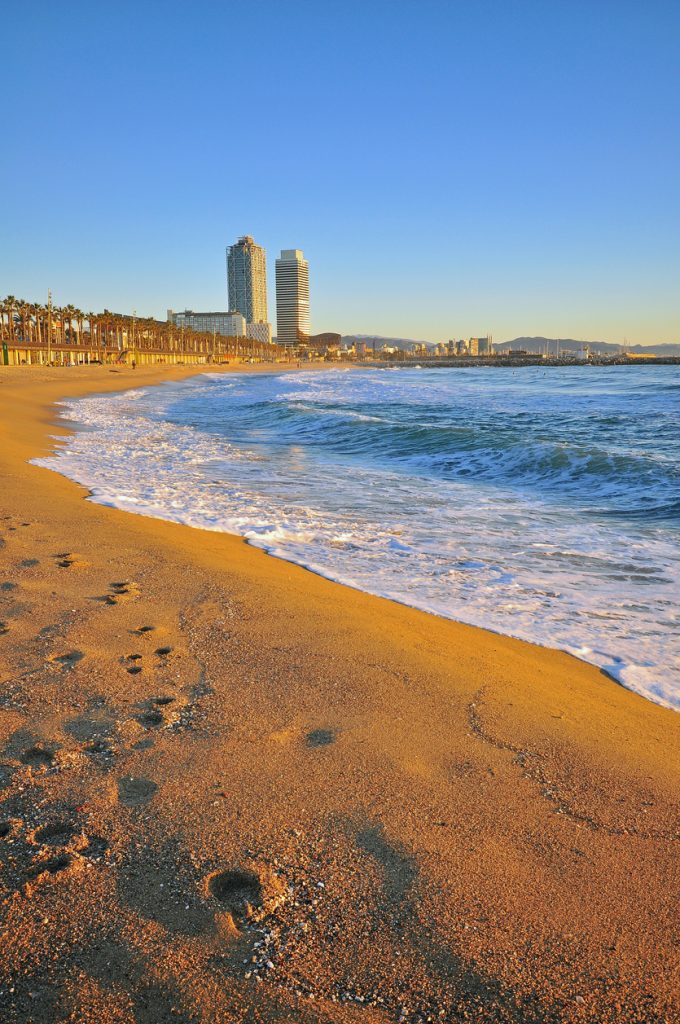
The sea, as in the case of Lisbon, the best city for climate in our study, makes Barcelona a little paradise most of the year. It is a Mediterranean climate that benefits from a mild setting during most months and seasons. Although the summer is hot, there is no shortage of breezes and good air that helps to keep it from feeling like inland cities.
During the winter the temperatures drop, but the temperature is still pleasant and you will only need a warm jacket to be able to walk down the street without any problems. The main inconvenience that can occur in both winter and autumn is rain, which is usually sporadic and falls unexpectedly. However, the weather is very pleasant at all times.
For this reason, and because of the year-round pleasant temperatures in Barcelona, the Spanish city has been ranked second in the top of the best places to live by temperature. It has beaten other cities with pleasant weather such as Rome, Paris and Milan.
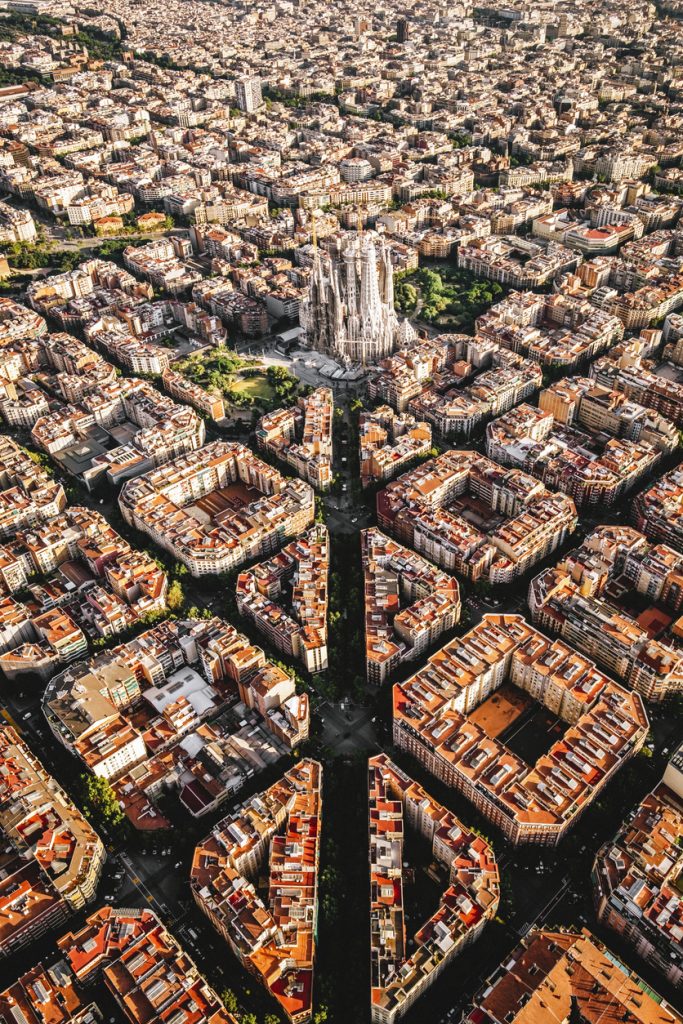
One of the positive aspects of public transport in Barcelona is that the different services are integrated as is common in other European cities. However, the city does not have the best transport system, mainly due to the division of the territory into different areas, which can be confusing and problematic in the first few months of residence.
The philosophy is similar to that of other big cities in Europe, such as London, and has exactly the same mistakes and problems. In Barcelona, transport works on a system of six zones that do not allow you to use those exits to which the tickets do not correspond. It can therefore be a complicated process which takes some getting used to.
To get around the city it is possible to use the metro, bus, trams and funiculars. The map of lines and stops can be complex and takes patience to get used to. These are the reasons that have kept Barcelona from being in the top 10 of European cities in terms of transport, thus falling behind places like Berlin, Rotterdam or Stockholm.
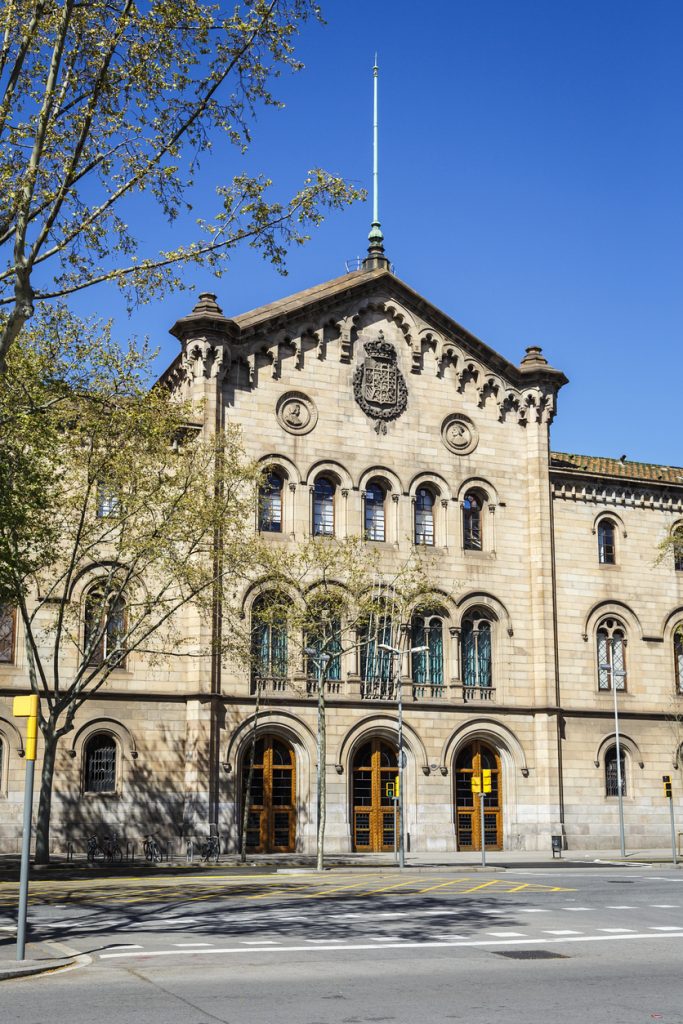
As in other cities in Spain, Barcelona has a large network of schools, universities and other public educational centres. This allows for more than 200,000 university students enrolled annually, including those attending private universities. The same kind of focus is provided in schools for older age ranges, making it a city that stands out for its wide range of educational services.
What residents should note is that the language in which classes are taught is Catalan and not Spanish. There are only a few cases in which teachers have the possibility of opting for Spanish, such as when teaching Spanish literature.
Nor is there much adaptation of classes to international languages such as English, which leaves Barcelona in a weak position compared to places like Madrid. However, there are popular international schools such as the Lycée Français, the American School of Barcelona or the Deutsche Schule Barcelona. These public schools do offer the possibility of enrolling students from abroad with the guarantee of studying within each family’s preferences.

Barcelona enters the top ranking that has been formed with the results of our respondents in the gastronomy category, although only securing ninth place. In contrast to Madrid, the other Spanish city present in the results, Barcelona is at a lower level due to the absence of local dishes as renowned as those of the capital.
Some of the most common recipes in the city’s local food include escalivada, black rice, coca catalana and light dishes that serve for all kinds of occasions or tapas, such as pa amb tomàquet or the bikini sandwich.
The food between restaurants in the centre of Barcelona and those in the more outlying areas will vary greatly, and often the former is the one enjoyed only by tourists. For this reason, those who come to live in Barcelona get to enjoy better and more varied recipes.
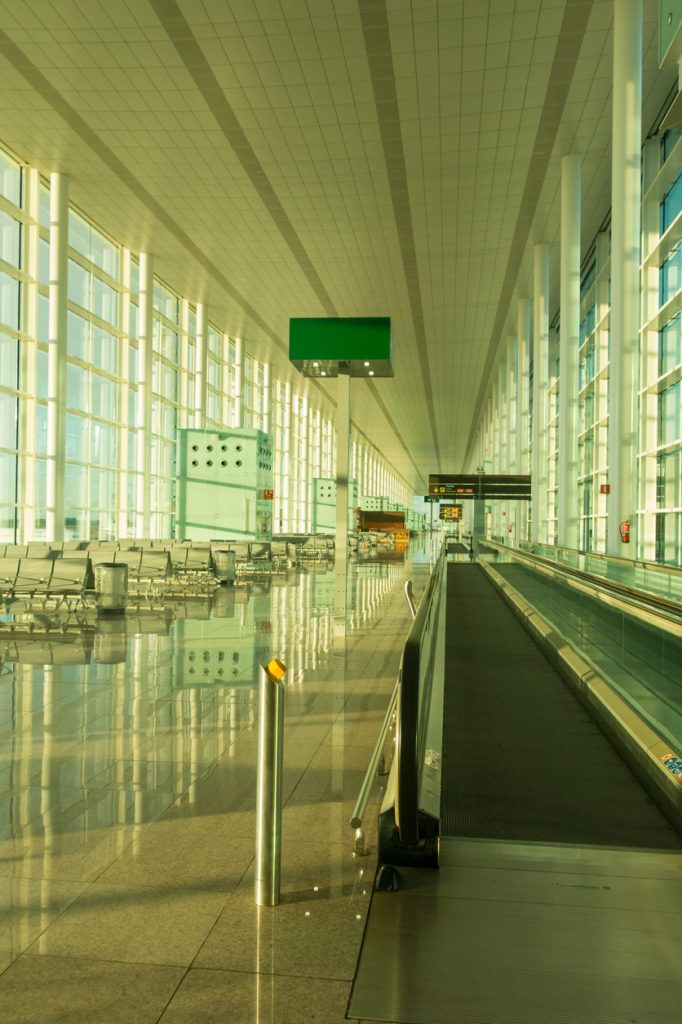
The decision of our respondents is clear with regard to international connections with Barcelona, as it has not entered a top ranking that is led by Brussels, Zurich and Madrid. The city’s airport is El Prat, which is 17 km from the city centre. Although it is a large airport, the lack of an easy connection to the city makes it difficult for travellers to use. However, it can be reached by metro, road or train.
On the other hand, most of the international connections offered by the airport are to destinations in Europe, so travellers who are interested in making longer journeys will have to make stopovers at other European airports to reach their destinations.
In addition, not all airlines use El Prat airport; some of the low-cost airlines use airports in nearby towns, such as Girona or Reus. Barcelona has a long tradition of collaborating with sister cities, including places such as Boston in the United States, Havana in Cuba and Kobe in Japan.
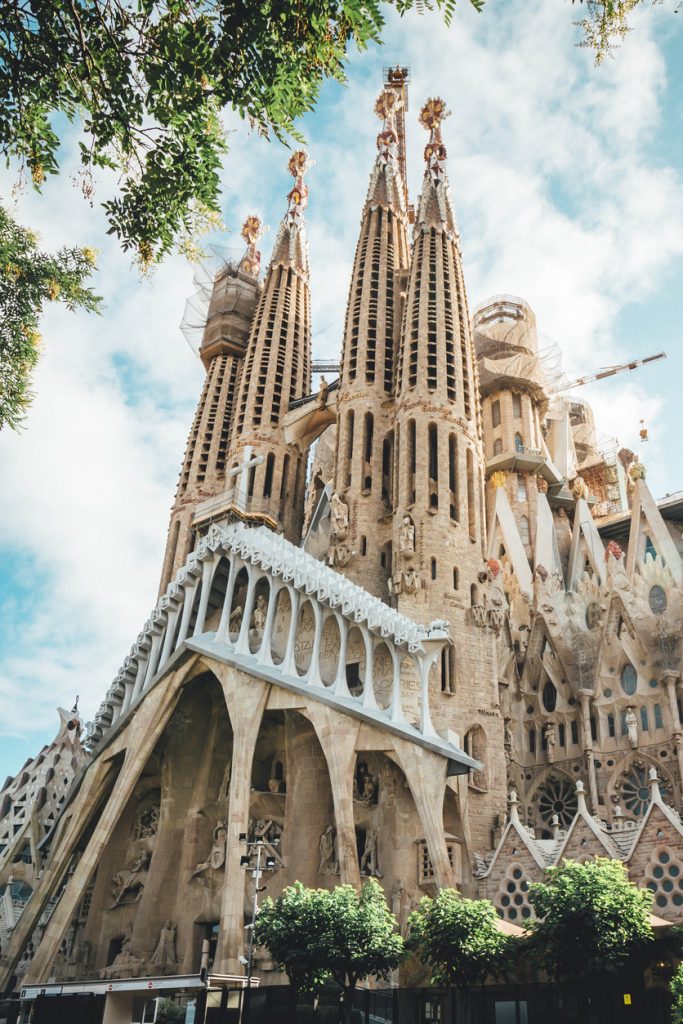
In this category Barcelona also failed to make it into the top ten of our respondents’ choices, unlike places such as Munich, Madrid and The Hague, which did occupy positions in the top ten. While Barcelona is generally a safe city, there are some areas of the city that do not inspire confidence even in daylight.
Throughout the city centre the danger of pickpockets is frequent, especially in areas such as La Rambla, where they try to steal the belongings not only of tourists, but also of those residents who are absent-minded. In general, the entire old town area of Barcelona has a higher level of risk than the more modern areas of the Catalan city.
Places like the Raval should also be avoided and always keep an eye on your surroundings. Security in Barcelona has increased greatly in recent years as a way of keeping the city free of tragic events and attacks that could endanger the safety of citizens. In Barcelona there are two security forces working on the streets: the Guardia Urbana and the Mossos d’Esquadra.
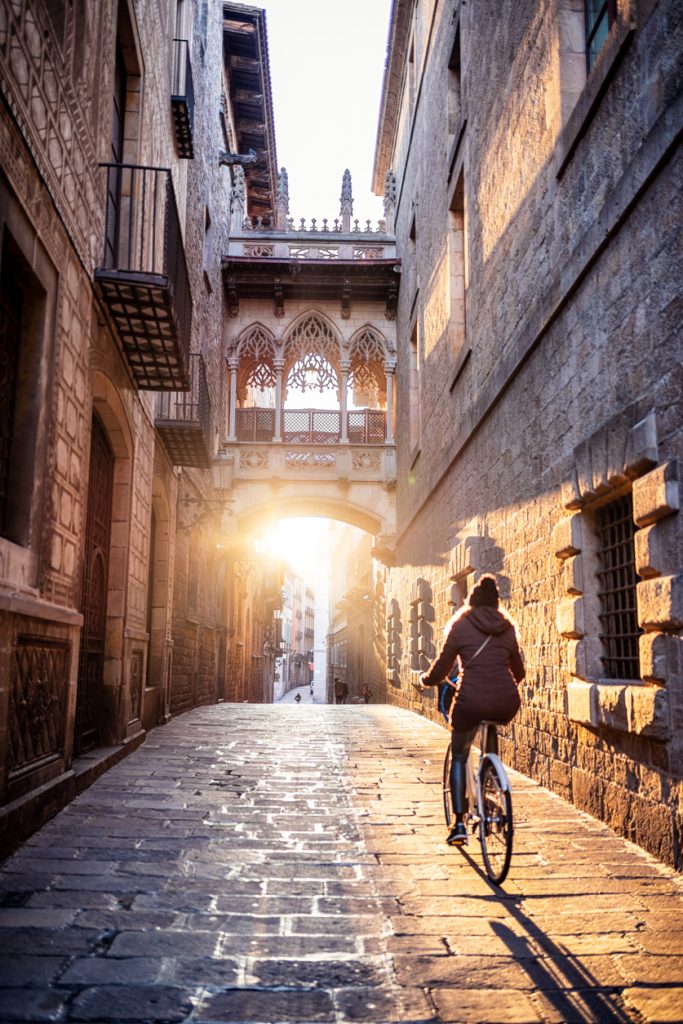
The efforts of all Barcelona’s residents to make the region fully sustainable have made the city’s name resonate around the world. The capital of Catalonia is well known for its efforts to achieve maximum sustainability, which is why it has managed to establish itself, according to our survey respondents, in third place in the rankings.
It trails only such sustainable places as Milan and The Hague, demonstrating the great value of each of Barcelona’s initiatives. For example, there is a 95 km2 perimeter in which vehicles that do not meet emission standards are banned from circulating, while a robust system of recycling and sustainable waste disposal is also in place. In this respect, the many green points throughout the region help to make citizens’ daily lives easier.
Barcelona, on the other hand, acts to keep the city’s air as clean as possible and also educates its citizens to save energy and reduce the use of private transport. Failing that, cycling is the most recommended method.
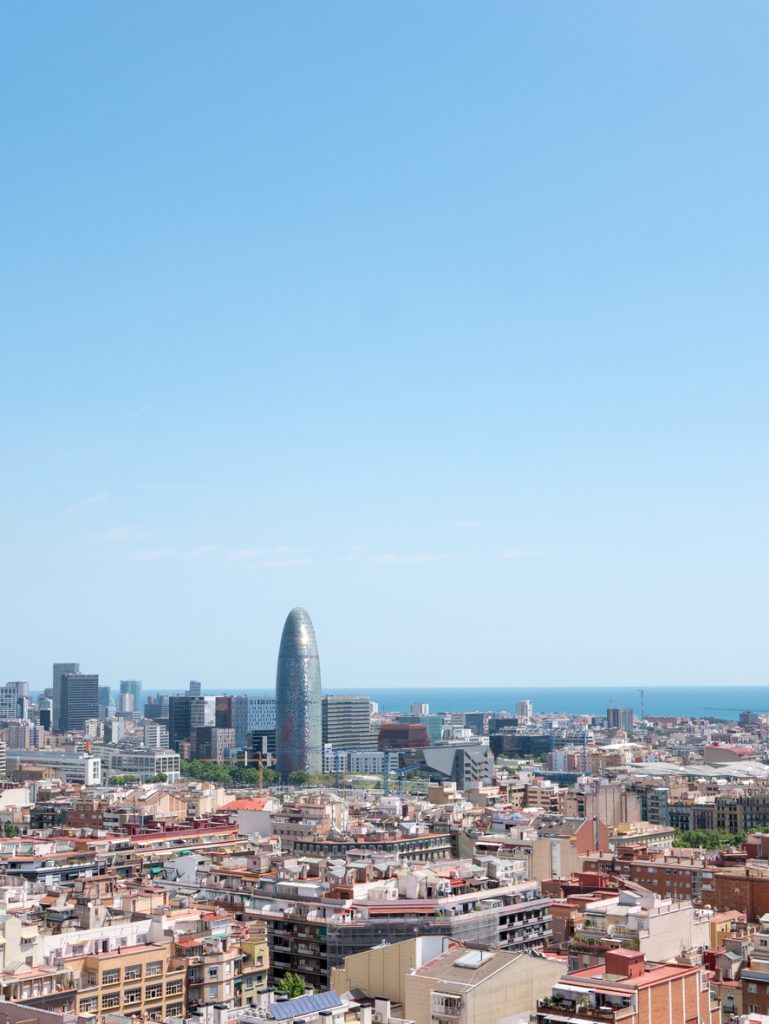
Another good mark for Barcelona is the cost of living, coming fifth in the top ranking based on the opinions of more than 25000 people. Although Madrid is still above it, in third place, Barcelona manages to outperform other high calibre cities such as The Hague, Vienna, Rome and Rotterdam.
The price of housing rents is above the Madrid average, but not as high as in many other European cities, especially with the difference between neighbourhoods. The same is true for the main services, among which, yes, there are significant increases in gas and electricity, especially at certain times of the year.
The cost of living in Barcelona is reduced by transport costs, especially because this is one of the areas where it is not possible to fine-tune or optimise spending. In other areas, such as shopping and leisure, it is possible to learn how to save money once you have lived in the city long enough to get to know its tricks in depth.
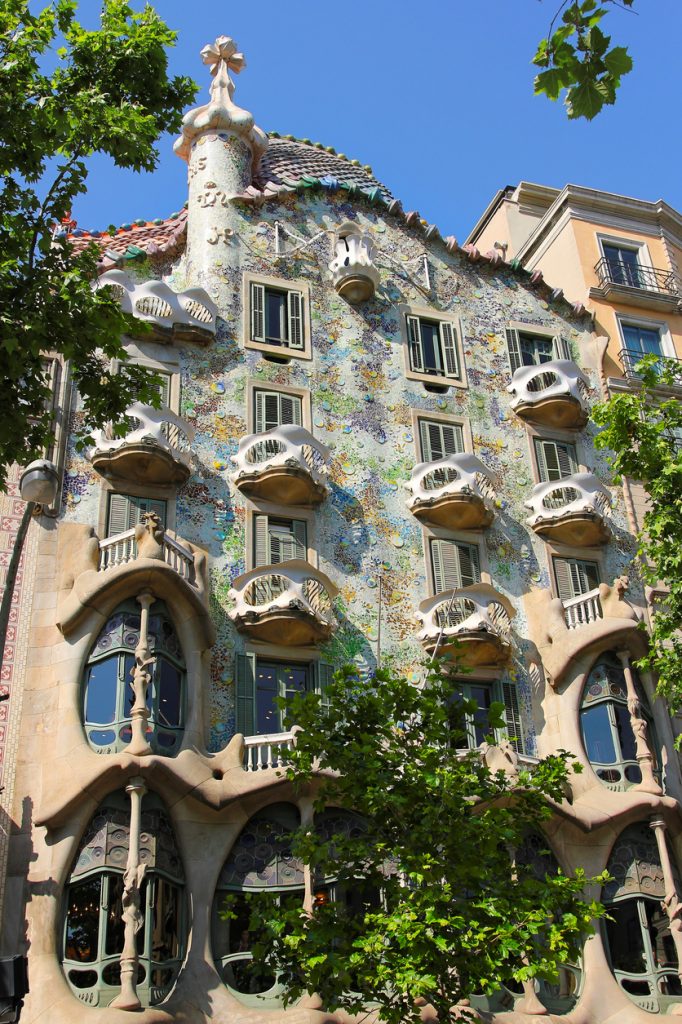
Barcelona has a totally different cultural style to other cities in Spain, which helps to make the experience of visiting these places while living in Spain so satisfying. There are dozens of interesting museums in Barcelona, such as the National Art Museum of Catalonia and the Archaeology Museum of Catalonia. Art lovers can also visit the Barcelona Museum of Contemporary Art, where many of the works of leading Catalan artists are on display.
Another of Barcelona’s great attractions is its many theatres and music venues, as well as the many live performances in a wide variety of styles. Even live literature is something that is very much alive in the Catalan city, bringing together hundreds of people who enjoy different ways of enjoying the local culture.
The results of our survey reveal that Barcelona is worthy of sixth place as the best European city for culture. It is a well-deserved position due to the great variety and remarkable care that goes into all its cultural experiences.
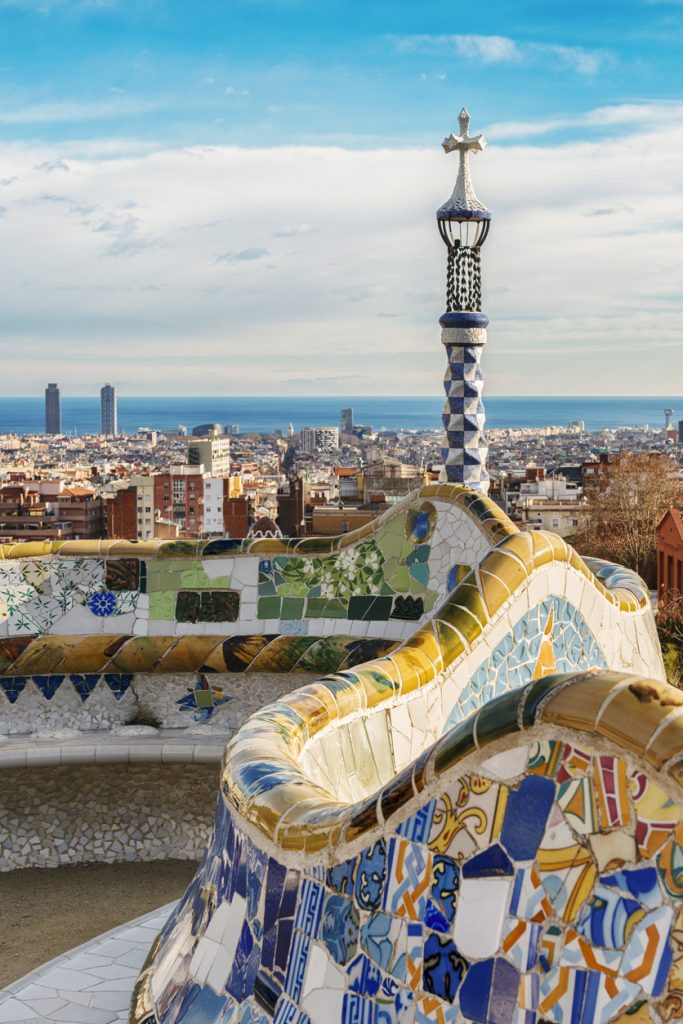
This is the category where Barcelona shines the most. Life in this Catalan city is exciting, fun and always has something new to surprise you. There are so many different things to do in Barcelona that it can be difficult to even find time to enjoy them all. That’s something that brightens up the day and helps to make life in the city so much more satisfying.
Barcelona has a large number of parks where you can spend the day with family or friends. Spending Sunday in Montjuïc is a tradition, and places like Parc de la Ciutadella and Park Güell also stand out. The possibilities for fun don’t end there. Barcelona is well prepared to make it possible to opt for all kinds of plans, such as going to the traditional Tibidabo amusement park or visiting the Barcelona Zoo.
Although not in the interior of Barcelona and a little further away, visits to PortAventura World are common for those who live in the city of Catalonia. Also, the centre of Barcelona, with the Passeig de Gràcia mainly, is a good place to go shopping in very exclusive shops, while there are many areas where you can enjoy yourself at night. Strolling through the streets is also pleasant.
